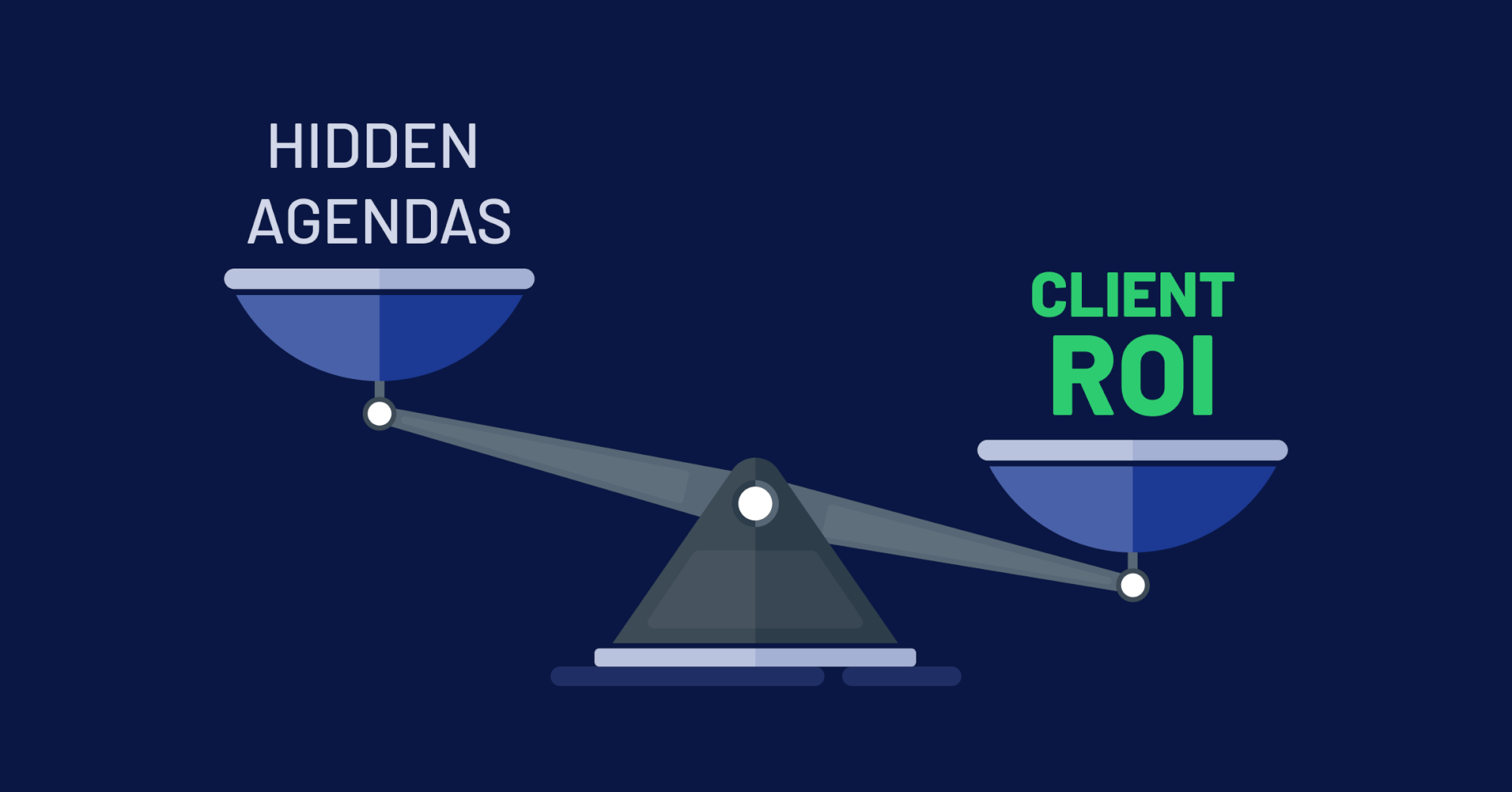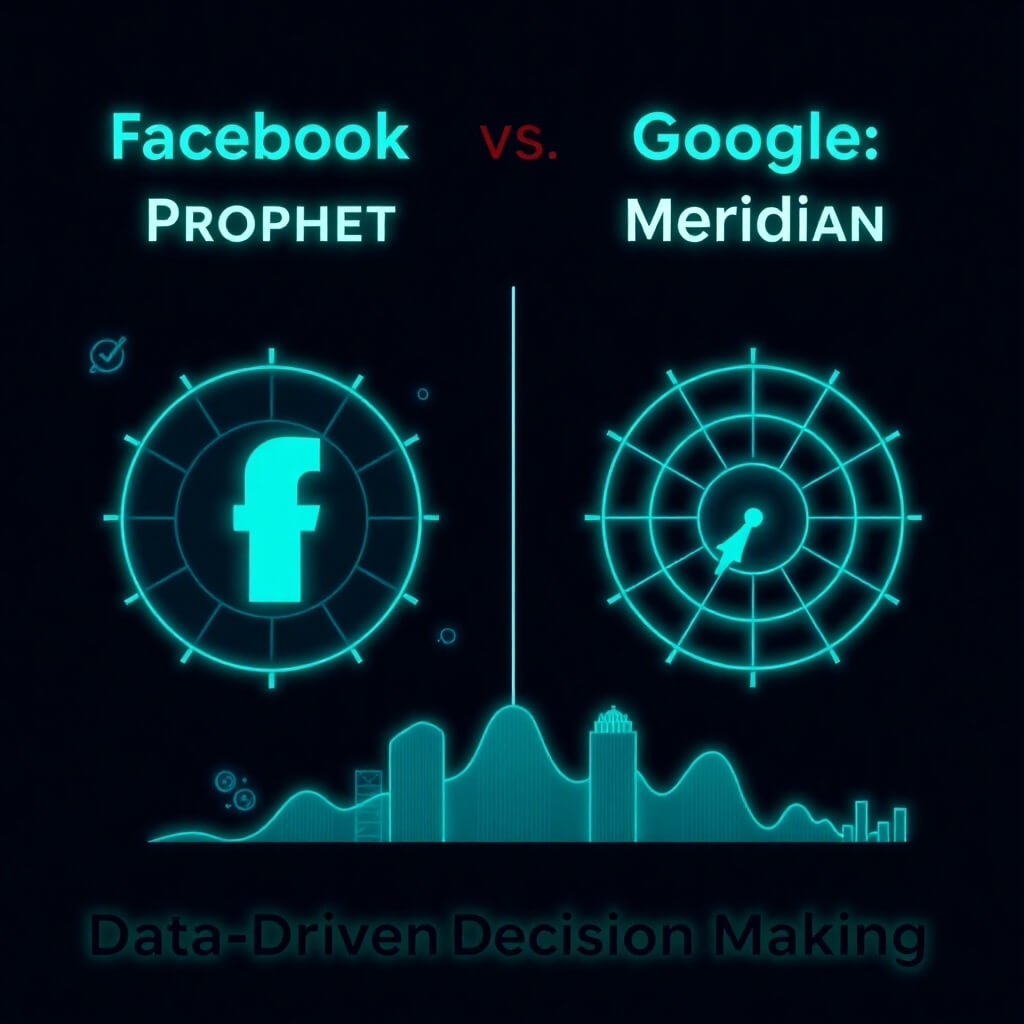In past columns, I’ve done overviews on advertising opportunities in Facebook and the Google Content Network. Today, let’s dissect some of the unique advertising opportunities on LinkedIn. There’s so much hype around Facebook and Twitter, but with B2B (define) really jumping into social feet first and LinkedIn being the largest professional/B2B social networking site on the planet, this is a good time for this quick overview.
As media buyers, we’ve always liked LinkedIn’s ability to accurately target professionals by job title, verticals, or even horizontals, and go beyond banners with things like polls and targeted e-mail. Recently, LinkedIn started allowing companies to recruit followers for their profile page and upgrade them (for a fee) to have more control over their content.
So, with the help of our social and media team, I compiled this list of media opportunities that marketers and media buyers can take advantage of with LinkedIn that go beyond standard display.
Upgraded company profiles: LinkedIn will automatically create a profile of your company, however, the drawback is anyone who is listed working for your company can edit it – kind of like a wiki. As LinkedIn states in its profile FAQs: “Any member who has a valid company e-mail address can edit your Company Profile. Company Profiles are user content driven.” So, if you want more control over your profile, it can be upgraded for an annual fee. You’ll also soon be able to add job listings and more features.
In addition, and much like your Facebook fan page or Twitter account, you can get people to follow the developments that get posted to your company’s LinkedIn profile by adding this follow button to your site. (This can be done for both paid and free profiles.)
Finally, by having a profile (paid or free), you’re part of LinkedIn’s company search.
Custom groups: In a group, people can join to ask questions and share information around specific industry topics. Millions of professionals participate in hundreds of thousands of LinkedIn groups every day. It’s become one of the most successful forum/bulletin sites on the Web. Try doing a search in Groups for “enterprise software.” There are 300 results, with some groups having over 10,000 members. The majority of these groups were started, and are moderated, by individuals who have a passion for a certain company or topics. A custom group gives marketers the opportunity to start a group, own all the advertising in it, assign luminaries and experts in their companies to moderate it, and receive targeted LinkedIn advertising to promote it.
Audience roadblock: With over 70 million members, LinkedIn has the ability to take even the most targeted B2B audience niche and create a large sample size for targeted ads. An audience roadblock enables you to own the “home” page of anyone in that selected audience for a certain period of time. For example, if you only wanted to reach IT professionals in healthcare, you could own the beginning of all their user experiences and own all the ad real estate they see on their start page after they have logged in.
LinkedIn Answers category sponsorship: LinkedIn Answers is a place professionals can go to post questions and hopefully get them answered by other LinkedIn members. It’s very popular with B2B consumers looking for opinions on different careers, products, and services. Category sponsorships allow advertisers to bundle together different Answer categories into a relevant network of pages they can “own” with their ads. It’s another way for advertisers on LinkedIn to saturate certain topic areas and communities with their brand and offers. The interesting attribute about Answers is that in certain cases you’ll reach people who might be there to ask questions about the specific category of products or services you’re advertising.
LinkedIn DirectAds: This is another fairly recent development over at LinkedIn. Much like Google’s self-serve platform, you can utilize text-based DirectAds to target a highly specific audience by geography, job function, seniority, industry, company size, gender, and age. Ads appear at the top of the page and are sold on a PPC (define) basis.
LinkedIn InMail: Advertisers can use the InMail messaging platform to deliver messages to the LinkedIn inbox of specific audiences. The e-mail can include copy, images, and, of course, a strong call to action. And the message is delivered to the top of a member’s inbox and stays until an action is taken. So, although a person may not log in to their LinkedIn inbox for a while, the message won’t get pushed down as more messages come in.
LinkedIn Polls: This program allows you to create a poll and target the questions to a very specific audience. From a branding perspective, it’s interesting because the act of taking the poll is a very high value brand interaction and can get your target audience to think about certain issues phrased in the questions you ask. Furthermore, the responses are published and charted in real time on the results page, so the prospect of seeing the results of the poll can act as an incentive for people to participate. The program also comes with a robust dashboard for further analysis of who took the poll and what the results were. What I like about this feature is the byproduct is typically a very targeted study with a significant sample size that can be used to produce white papers, reports, and press releases.
White paper program: White paper programs are nothing new and LinkedIn’s is a bit more expensive on a cost-per-lead basis. However, I still like it for the targeted delivery and the fact that your white paper isn’t being shown in a list of topic search results as with most white paper programs. Member profile data is pre-populated on a LinkedIn landing page and this helps to increase the instances of valid and true data. The offering is currently beta mode, but is available to most advertisers.
Clearly, I’m not including all the free or earned opportunities on LinkedIn, like everything an individual can do to promote her company and products – that’s a conversation for another day. Nor did I cover its standard run of site and target display advertising – that’s pretty much standard on any site. My goal here is to reveal some information on a social site that has been quietly plodding along and developing a stream of innovative, social-infused advertising products.






